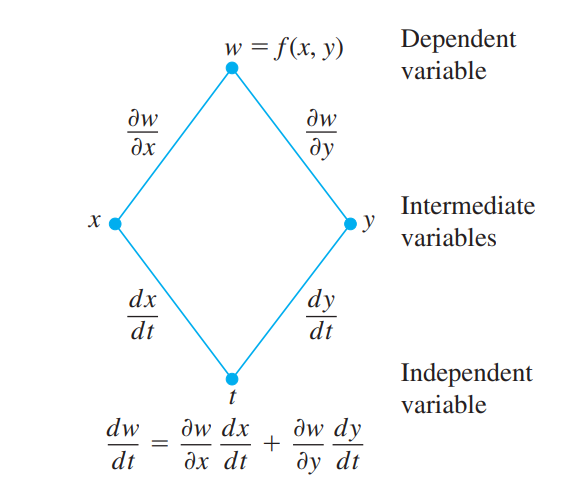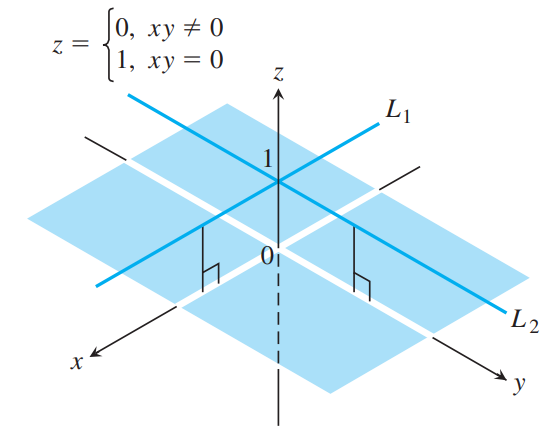
Double Integral and Fubini's Theorem
·
Mathematics/Calculus
Double IntegralTwo-variable function의 definite ingetral을 다뤄보자. Single variable에서 정의한 definite integral과 별반 다를 건 없다. 다만 변수가 두 개가 되었으므로 partition이라든지, norm이라든지 하는 대상을 조금 확장하여서 정의하고 이를 기반으로 Riemann sum과 그 극한으로 double integral을 정의한다. 함수 $z = f(x, y)$가 있다. 일변수에서는 interval을 잘게 쪼갰다면, 이제는 rectangular region을 $x, y$축으로 잘게 쪼갠다. 이렇게 잘게 쪼갠 piece들은 어떻게든 numbering하여 모은 집합을 partition $P$이라고 하고, 이 piece들의 가로, 세..



